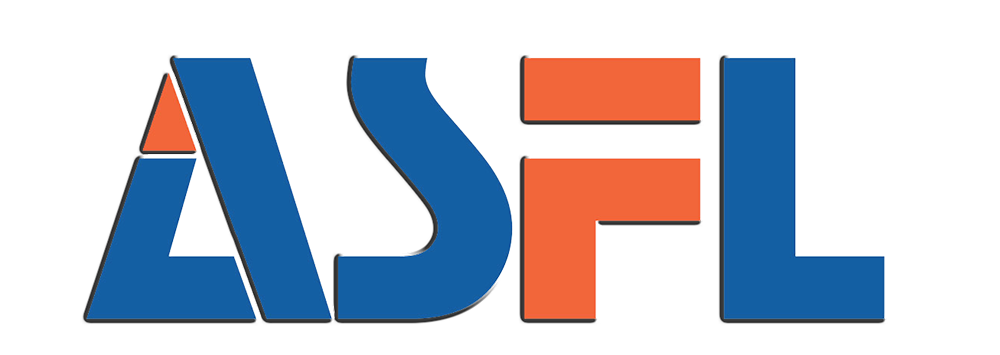Types of Liquid Filling Machines and Their Working Principles
Piston Fillers: Precision for Viscous Liquids
Piston fillers are popular for their precision when handling viscous liquids like creams and sauces. These machines operate using a piston mechanism, enabling precise control over the volume of liquid dispensed. This precision minimizes waste, making them ideal for high-viscosity products. The adjustable stroke of the piston allows flexibility, accommodating different product viscosities. Industries utilizing piston fillers often experience a reduction in overfills and an increase in productivity, maximizing both efficiency and output.
Gravity Fillers: Ideal for Free-Flowing Beverages
Gravity fillers excel at filling containers with low-viscosity liquids such as water, juices, and soft drinks, utilizing gravitational force to ensure efficiency. They offer a simple operation, and their design is easily adjustable for varying container heights, facilitating scalability across different production runs. Particularly advantageous for carbonated beverages, gravity fillers reduce foaming, which can otherwise affect fill quality. Companies implementing gravity fillers often see improved throughput and reduced filling times, optimizing beverage production lines.
Volumetric Fillers: Consistent Volume Dispensing
Volumetric fillers focus on dispensing a precise volume of liquid per cycle, ensuring consistency and accuracy across fills. These machines are versatile, handling both thin and thick liquids due to their adjustable settings. This precision aids companies in meeting industry standards for product quantity, complying with regulations effortlessly. Studies indicate that consistency in volumetric fills leads to higher customer satisfaction as consumers receive products exactly as expected, enhancing brand reliability and trust.
Automatic Liquid Filling Machines: High-Speed Efficiency
Automatic liquid filling machines are revolutionizing the production capabilities by processing thousands of containers per hour. Equipped with advanced technology like sensors and Programmable Logic Controllers (PLCs), these machines allow for real-time monitoring and adjustments, ensuring high-speed efficiency. Their automation significantly reduces labor costs and minimizes human error, streamlining the filling process. Manufacturers adopting automatic solutions often realize a quick return on investment due to their efficiency in production and cost-effectiveness.
Applications of Liquid Filling Machines Across Industries
Food and Beverage: From Water Bottling to Sauces
In the food and beverage industry, liquid filling machines are essential tools, facilitating the accurate dispensation of products from bottled water to viscous sauces. These machines not only meet the varying demands of product types but also ensure the maintenance of hygiene and compliance with stringent food safety standards. With an increasing demand for automation, the sector has evolved to integrate advanced liquid filling machines that can efficiently handle diverse product requirements and enhance production speeds.
Pharmaceutical Industry: Ensuring Sterility and Accuracy
In the pharmaceutical sector, ensuring the safety and precision of medication is paramount, making liquid filling machines indispensable. These machines are engineered to minimize contamination risks and adhere strictly to FDA regulations and Good Manufacturing Practices (GMP). They excel in filling products like vials for injections and syringes with speed and accuracy. This not only ensures patient safety but also enhances operational efficiencies in the pharmaceutical manufacturing process.
Cosmetics and Personal Care: Handling Varied Consistencies
The cosmetics and personal care industry demands machines that can handle a variety of product consistencies, from oils to creams and serums. Liquid filling machines, therefore, offer customizable filling options to accommodate different viscosities and container shapes prevalent in this sector. The need for machinery that allows swift format changes and efficient cleaning processes is rising, reflecting the industry's dynamic nature and focus on flexibility and hygiene.
Chemical Sector: Safe Packaging for Corrosive Liquids
In the chemical sector, safety and accuracy in filling corrosive liquids are critically important. Liquid filling machines used in this industry are designed with specialized materials and protective technologies to prevent accidents and ensure the integrity of both the product and the operator. Accurate measurement is crucial, as any discrepancy can lead to hazardous situations, highlighting the importance of precision in the filling machines deployed within this industry.
Key Features and Benefits of Modern Filling Equipment
Enhanced Accuracy and Reduced Product Waste
Modern liquid filling machines utilize cutting-edge technology to ensure precise filling to the very last drop. This high level of accuracy is crucial, as it minimizes product waste and maximizes customer satisfaction by ensuring optimal fill levels in each container. Studies show that businesses can also lower their waste management costs by optimizing their filling processes through the use of accurate filling equipment. This not only saves money but also supports sustainability efforts by reducing unnecessary waste.
Flexibility for Multiple Container Types and Sizes
Today's filling equipment provides incredible flexibility, making it possible to fill various container types and sizes with ease. This adaptability is key to enhancing production versatility, allowing manufacturers to switch between products or container types quickly and with minimal downtime. As a result, businesses can respond more effectively to shifts in market demands and seasonal changes in product offerings. For many industries, this flexibility means staying competitive and adapting to ever-changing consumer preferences.
User-Friendly Design and Maintenance Efficiency
Liquid filling machines today are designed with the user in mind, featuring intuitive interfaces that simplify operations and reduce the need for extensive training. Maintenance efficiency is another critical feature; these machines allow easy access to components, enabling quick servicing and minimizing downtime. This focus on ease of use and maintenance ensures that production processes run smoothly with minimal interruptions. By reducing the complexity of operations and maintenance, businesses benefit from continuous production and improved productivity.
Emerging Trends in Liquid Filling Technology
Automation and Smart Technologies in Filling Systems
The integration of automation in liquid filling technology is revolutionizing the industry by enhancing precision, efficiency, and minimizing human error. As we shift towards Industry 4.0, smart technologies such as IoT (Internet of Things) are becoming essential for competitive advantage. These innovations enable real-time monitoring and data analytics, allowing businesses to optimize performance and productivity. According to industry reports, implementing automated and smart systems in production not only boosts accuracy but also significantly reduces operational costs.
Sustainability Focus: Eco-Friendly Packaging Solutions
The demand for eco-friendly packaging solutions in liquid filling technology is on the rise, driven by consumers' increasing environmental consciousness. Modern machines are now supporting the use of biodegradable materials, addressing the global concern regarding plastic waste. This shift not only aligns with global sustainability goals but also fosters stronger brand loyalty and customer engagement. By adopting sustainable practices, companies can position themselves as industry leaders in innovation and environmental responsibility, thereby gaining a competitive edge in the market.
Incorporating these emerging trends can immensely benefit businesses as they navigate the evolving landscape of liquid filling technology.





